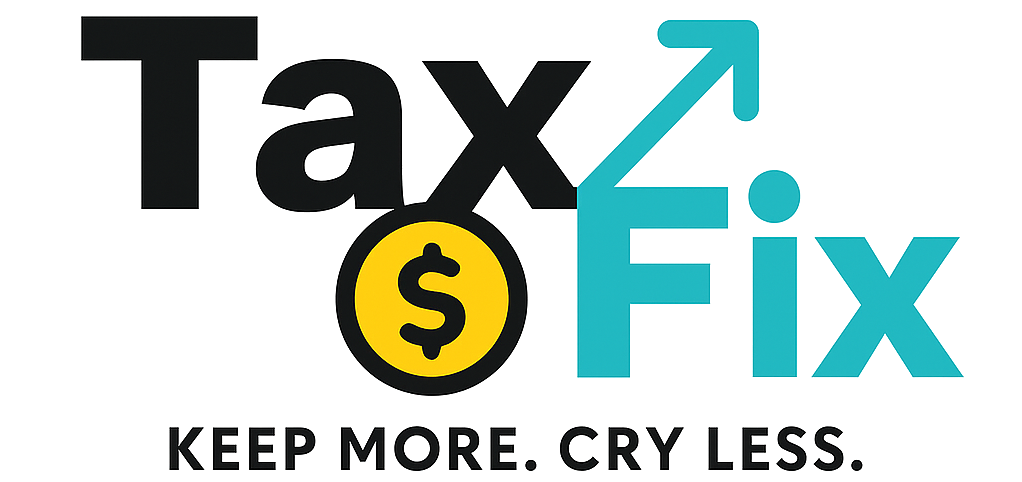As an Uber driver, you're essentially running your own business, which means you can deduct legitimate business expenses from your taxable income. Here's everything you need to know about maximizing your tax deductions in 2025.
Vehicle Expenses - Your Biggest Deduction
Standard Mileage Method (Recommended)
For 2025, the IRS standard mileage rate is 67 cents per mile. This method is usually simpler and often results in larger deductions for most drivers.
What qualifies:
- Miles driven while app is on (available for rides)
- Miles driven to pickup locations
- Miles driven during rides
- Miles driven between ride requests
What doesn't qualify:
- Commuting to your starting location
- Personal errands between rides
- Driving home at end of shift
Actual Expense Method
If you choose this method, you can deduct the business percentage of:
- Gas and oil
- Repairs and maintenance
- Tires
- Insurance
- Registration and licensing fees
- Depreciation
Pro tip:
Track all expenses for the first year and calculate both methods to see which gives you a bigger deduction.
Essential Business Expenses
Phone and Data Plans
- Monthly phone bill (business percentage)
- Data plan costs
- Phone accessories (car mounts, chargers)
Car Cleaning and Maintenance
- Car washes (inside and out)
- Detailing services
- Air fresheners
- Floor mats and seat covers
Safety and Security
- Dash cameras
- Phone holders and mounts
- Emergency kits
- First aid supplies
Missing Vehicle Deductions?
Most Uber drivers are missing $800-2,400 in legitimate deductions. Our Hidden Profit Finder reveals exactly what you're leaving on the table.
Find My Missing Deductions FREEHome Office Deduction
If you use part of your home exclusively for business activities like:
- Tracking expenses
- Reviewing trip data
- Customer service communications
You may qualify for the home office deduction.
Record Keeping is Critical
Apps to Track Mileage
- MileIQ
- Stride
- QuickBooks Self-Employed
- Uber's own trip data (export regularly)
What to Track Daily
- Start and end mileage
- Business vs. personal miles
- All receipts for vehicle expenses
- Time spent driving
Advanced Deductions Many Drivers Miss
Parking and Tolls
- Airport pickup fees
- Parking at events or high-demand areas
- Toll road fees during business use
Professional Development
- Tax preparation software
- Business license fees
- Driver safety courses
Marketing Your Services
- Business cards
- Signs for your vehicle
- Promotional materials
Tax Forms You'll Need
- 1099-NEC or 1099-K from Uber
- Schedule C (Business Income/Loss)
- Schedule SE (Self-Employment Tax)
- Form 1040 (Individual Tax Return)
Quarterly Tax Planning
Since Uber doesn't withhold taxes, you're responsible for paying quarterly estimated taxes if you expect to owe $1,000 or more.
Due dates for 2025:
- Q1: April 15, 2025
- Q2: June 16, 2025
- Q3: September 15, 2025
- Q4: January 15, 2026
Common Mistakes to Avoid
- Not tracking mileage from day one
- Mixing personal and business expenses
- Failing to keep receipts
- Not understanding the business use percentage
- Missing quarterly tax payments
Potential Tax Savings Example
Full-time Uber driver scenario:
- Annual miles: 50,000
- Business miles: 40,000 (80%)
- Standard mileage deduction: 40,000 × $0.67 = $26,800
- Other business expenses: $2,108
- Total deductions: $28,908
- Tax savings (22% bracket): $6,360
Getting Professional Help
Consider hiring a tax professional who specializes in gig work if:
- Your annual Uber income exceeds $30,000
- You drive for multiple platforms
- You have significant other income sources
- You're unsure about any deductions
The cost of professional tax preparation is itself a business deduction!
Final Thoughts
Proper tax planning and record keeping throughout the year is essential. Start tracking everything now, and you'll be amazed at how much you can legally deduct as a business expense.
Remember:
These deductions aren't optional – they're legitimate business expenses that reduce your taxable income. The key is having proper documentation to support your claims.
